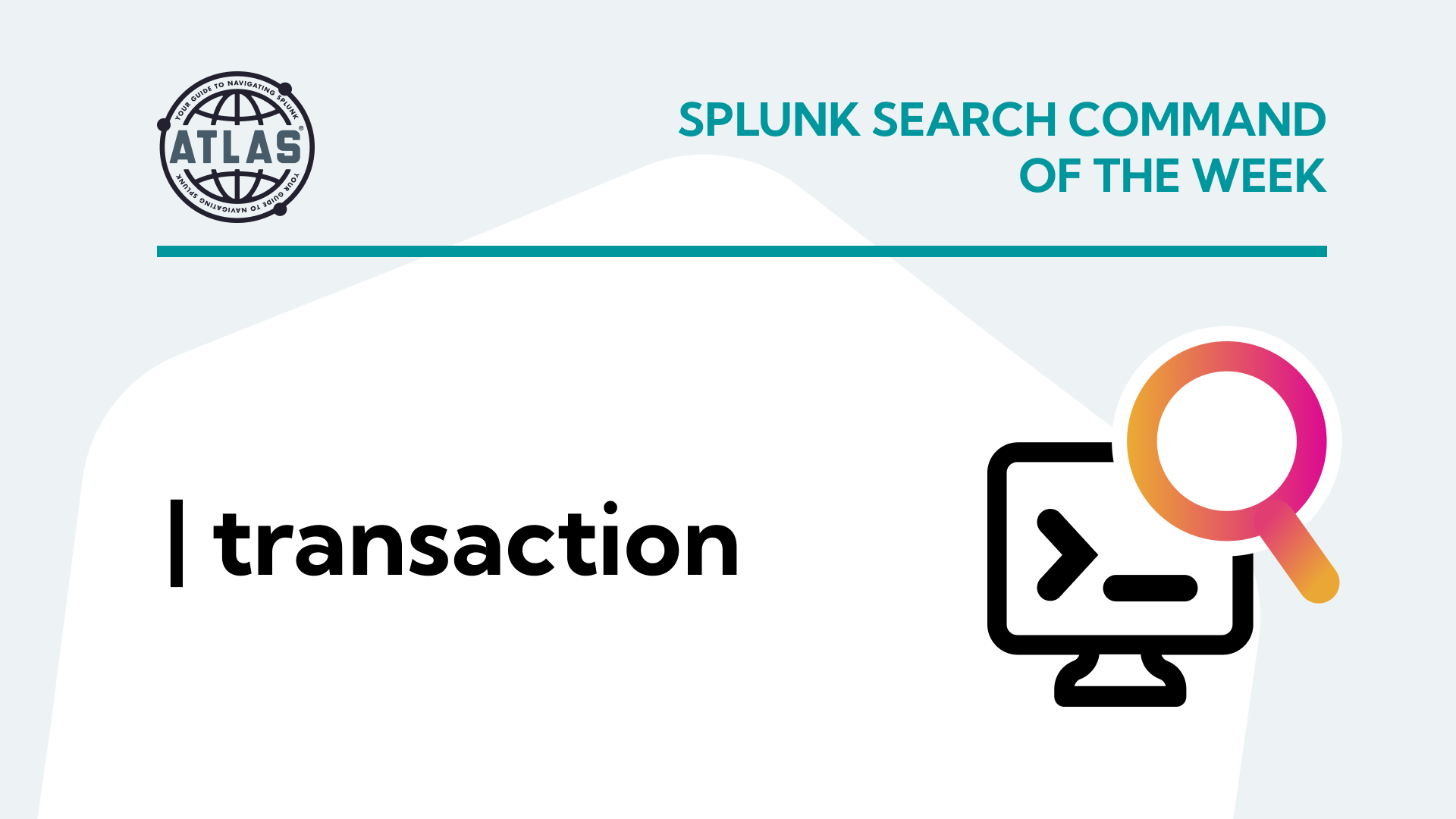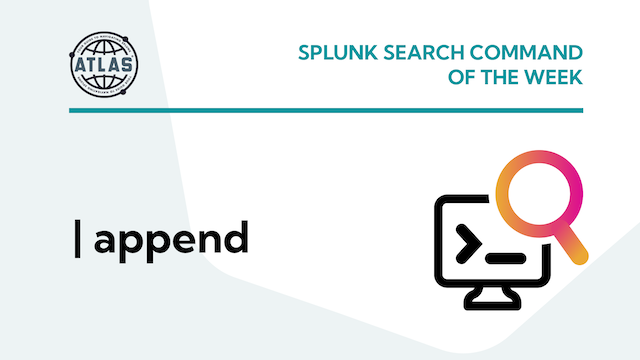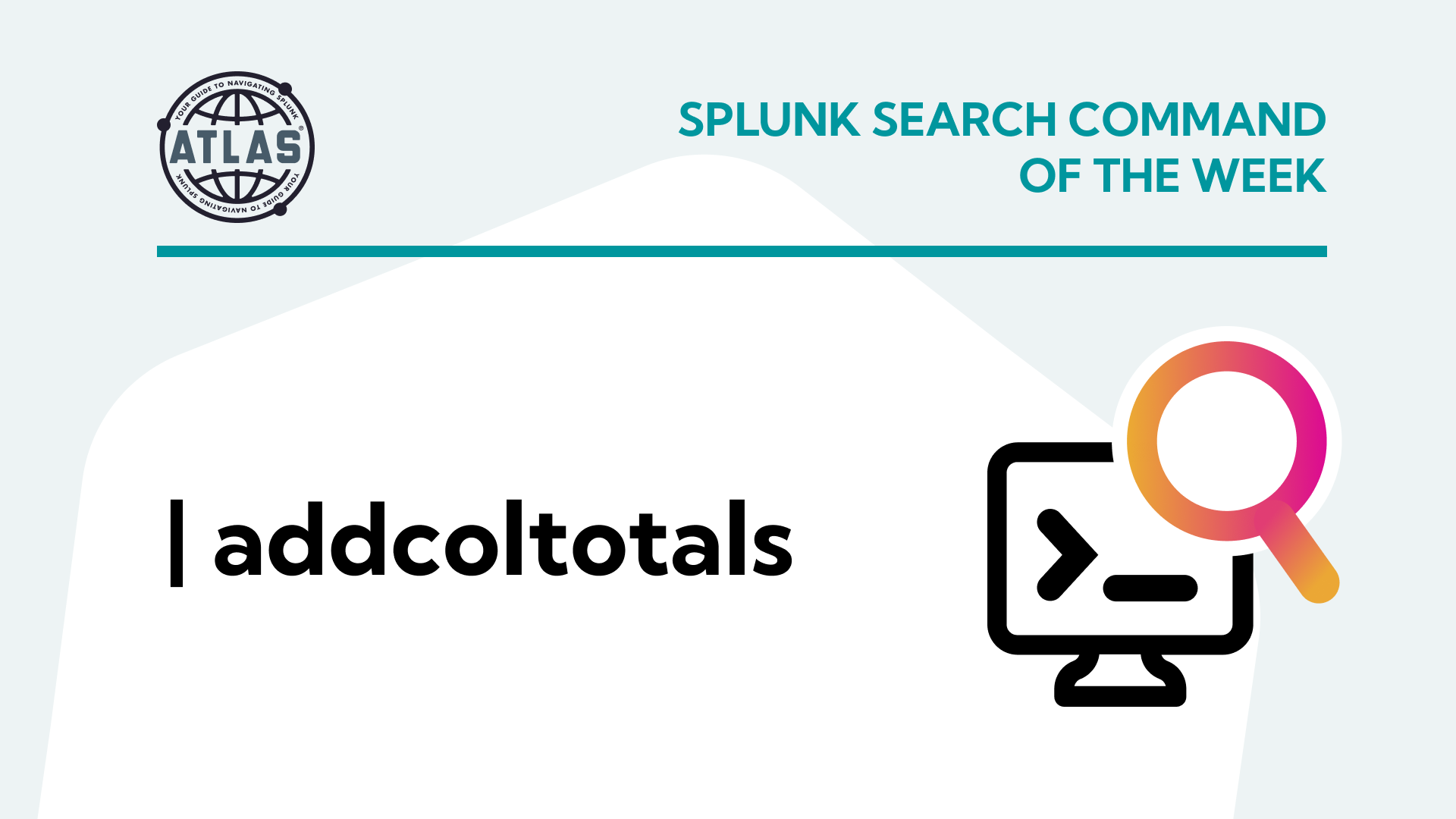Are you looking to optimize the performance and efficiency of your Splunk deployment? In this article, we will explore the concept of a Splunk Health Check and how it can benefit organizations who leverage Splunk for their security and operational analytics. By conducting a Health Check, you can ensure that your Splunk environment is operating smoothly, identify performance issues, make sure your deployment is properly resourced, and make any necessary improvements or changes in configurations and resource allocations based on hard data.
Hint: We have a secret weapon for performing superior Splunk Health Checks – read on!
What is a Splunk Health Check?
Splunk Health Check is a systematic assessment of your Splunk environment to evaluate its overall health, identify areas of improvement, and optimize its performance. It involves analyzing various components such as data ingestion, search performance, system configuration, and storage capacity. A Splunk Health Check provides insights into the current state of your deployment and helps you enhance its efficiency, reliability, and scalability.
Who might benefit from a Splunk Health Check?
Organizations that use Splunk for data analysis, monitoring, and security can greatly benefit from a Splunk Health Check. It is particularly valuable for system administrators, Splunk architects, and IT teams responsible for managing and maintaining Splunk deployments. By conducting regular health checks, these professionals can proactively address potential issues and ensure a smooth and efficient Splunk environment and the most return out of their Splunk investment.
The Benefits of a Splunk Health Check:
- Enhanced Performance: A comprehensive health check enables you to identify performance bottlenecks, optimize search queries, and fine-tune system configurations. By addressing these areas, you can significantly improve the performance and responsiveness of your Splunk deployment, allowing users to extract insights from data more efficiently.
- Capacity Planning: A Splunk Health Check helps you evaluate your current Splunk resource and data storage capacity and predict future requirements based on data growth trends and patterns. This enables you to plan and allocate resources effectively, ensuring that your Splunk environment can handle increasing data volumes without impacting performance or incurring unnecessary costs.
- Improved Data Quality: By analyzing data ingestion processes and configurations during a health check, you can identify and rectify any issues that may affect data quality. This includes addressing data input errors, ensuring proper parsing and field extraction, and optimizing data pipelines. Improved data quality leads to more accurate and reliable insights from your Splunk deployment.
Types of Splunk Health Checks
A Splunk Health Check can assess various critical aspects of your Splunk deployment. Some common areas of focus for a health check include:
- Indexing and Data Ingestion: Assessing the efficiency of data ingestion processes, evaluating data source configurations, and optimizing indexing strategies.
- Search Performance: Analyzing search query performance, identifying resource-intensive searches, skipped searches, and searches with misaligned time ranges, and optimizing search syntax and parameters. Reliable and efficient scheduled searches are absolutely essential for providing accurate and timely insights into your organization’s security and operational posture.
- System Configuration: Reviewing system settings, license usage, and resource allocations to ensure optimal performance and resource utilization. Note that in some cases, some components of your Splunk deployment may be over-resourced and wasting money, while others are under-resourced and constitute a bottleneck to system performance.
- Storage and Retention: Evaluating storage capacity, data retention policies, and backup strategies to meet data storage requirements and compliance standards.
How to Perform a Splunk Health Check
Performing a Splunk Health Check involves the following steps:
Step 1: Data Ingestion and Indexing: Evaluate data ingestion processes, check for errors or bottlenecks, and ensure proper data parsing and extraction.
Step 2: Search Performance Analysis: Analyze search query performance, identify resource-intensive searches, and optimize search syntax and parameters.
Step 3: System Configuration Review: Review system settings, license usage, and resource allocation to optimize performance and resource utilization.
Step 4: Storage and Retention Assessment: Evaluate storage capacity, data retention policies, and backup strategies to ensure efficient data storage and compliance.
Our Secret Weapon for conducting superior Splunk Health Checks
Here at Kinney Group, we heavily utilize our proprietary Atlas Platform to perform exceptional Splunk Assessments and Health Checks. Atlas features a number of elements specifically designed to identify and help rectify a wide range of issues that can affect Splunk performance and provides visibility and tooling that is not available or easily utilized in the native Splunk platform.
The Atlas Data Utilization element provides data ingestion volumes on an index or index + sourcetype basis, and just as importantly, identifies if that data is being utilized in ad-hoc or scheduled searches and dashboards. Data that is being ingested but not searched is ripe for either a) elimination to save on ingestion resources and storage costs, or b) focused attention to extract the value that data can provide to the organization.
The Atlas Search Inspector and Search Assistant elements identify periods of time where there are just too many concurrent searches scheduled for the resources available to service them, resulting in ‘skipped searches’ and loss of accuracy for alerts and dashboards that support security and operational visibility. These Atlas search elements provide automation to assist admins in re-timing the search schedules so that all searches run. This also helps prevent periods of system overload that affects the performance of user’s ad-hoc searches and dashboard updates. Searches with time range gaps or over-reach are also identified.
Just released in Atlas is the Splunk Performance and Capacity Analytics element which provides Splunk admins with real-time visibility into critical performance aspects of their Splunk components in tiered layers – search heads, indexers, and support servers – including CPU, memory, disk, IOPS, processing queues, search performance, and errors as well as historical trending of key metrics to support accurate capacity planning.
In addition to the performance related capabilities of Atlas, the Data Monitor, and Forwarder Awareness elements keep an eye on all data flows and alert owners if something is amiss, and the Data Management element helps manage new data requests and assigns ownership and contact information to data sources as well as the use cases for each source. All of these elements together provide admins with the tools and visibility they need to keep their Splunk environments running at optimal performance and reliability, and without having to spend weeks (or years) developing all of the custom searches and visualizations required to cover all these bases.
Use Case Examples for Splunk Health Check
Use Case #1: Performance Optimization Scenario: A large e-commerce company notices a significant decrease in search performance, leading to delayed insights, skipped searches, and operational inefficiencies.
Tools: Splunk Health Check – Search Optimization Techniques leveraging the Atlas Platform
Step 1: Conduct a comprehensive health check to identify bottlenecks in the data ingestion and indexing processes utilizing Atlas Data Utilization and Performance and Capacity Analytics elements.
Step 2: Analyze search queries and optimize syntax, filters, and time ranges to improve search performance utilizing Atlas Search Inspector and Search Assistant elements.
Step 3: Fine-tune system configurations, allocate additional resources if necessary, and monitor the impact on performance. The required performance metrics are obtained from the Atlas Performance and Capacity Analytics element, with a before/after validation from historical trend data on the Capacity Analytics page.
Use Case #2: Capacity Planning Scenario: A financial institution experiences rapid data growth and wants to ensure that their Splunk deployment can handle increasing data volumes without performance degradation.
Tools: A Splunk Capacity Planning scenario leveraging Atlas Performance and Capacity Analytics
Step 1: Assess current data storage capacity and data retention policies.
Step 2: Analyze data growth patterns and predict future storage requirements.
Step 3: Plan and allocate resources appropriately, considering factors such as data volume growth trends and anticipated additions, retention needs, and compliance requirements.
Conclusion
Conducting a regular Splunk Health Check is a valuable practice for organizations utilizing Splunk to optimize their deployments. By conducting Splunk Health Checks on a regular basis, businesses can enhance performance, ensure data quality, plan for future scalability, and realize the best return on their Splunk investment while optimizing costs.
If you found this helpful…
You don’t have to master Splunk by yourself in order to get the most value out of it. Small, day-to-day optimizations of your environment can make all the difference in how you understand and use the data in your Splunk environment to manage all the work on your plate.
Cue Atlas Assessment: Instantly see where your Splunk environment is excelling and opportunities for improvement. From download to results, the whole process takes less than 30 minutes using the button below:





